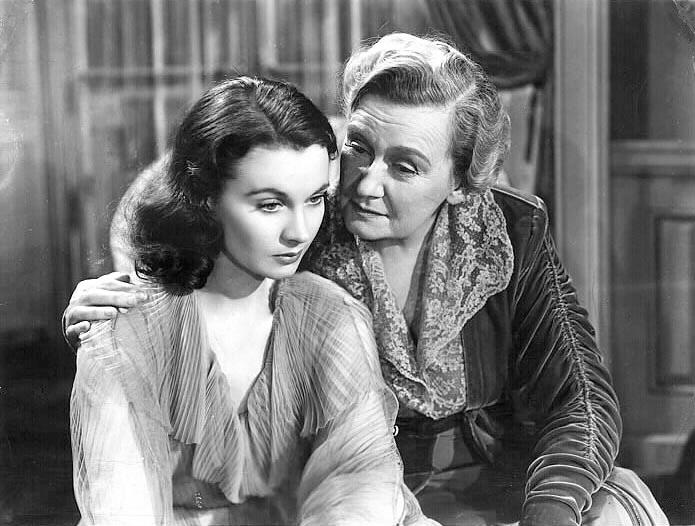Commentary
When I heard that there was a 1940 movie of “Waterloo Bridge,” I was surprised. Having seen the 1931 film of the same name with Mae Clarke and Douglass Montgomery, I knew the controversial story: during World War I in England, a naïve young soldier meets a prostitute and falls in love with her, not realizing her profession. She tries to reform and become what he thinks she is, but she is unable to maintain the façade when she meets his loving mother. Sadly, she realizes that their love isn’t enough to wash away the past.





